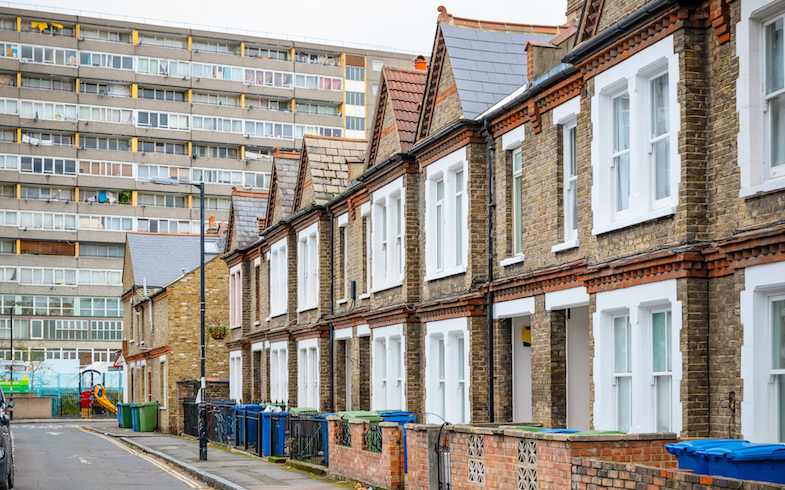
Scholars argue that HUD’s smoke-free rule misses the mark in efforts to curb smoking.
As part of a government push to curb smoking in the United States, the U.S. Department of Housing and Urban Development (HUD) issued a regulation in 2016 that requires public housing authorities (PHAs) to penalize tenants if they smoke in or near PHA-owned establishments.
Although HUD intends to promote health through its smoke-free rule, two legal scholars argue in a recent paper that the heavy penalties associated with violations of the rule may cause serious risks of their own, such as increased rates of eviction and homelessness. They argue that, instead of imposing penalties, PHAs should implement smoking cessation programs and give discounts on rent to non-smokers.
According to University of Houston Law Center’s Dave Fagundes and Jessica L. Roberts, the uncompromising enforcement mechanisms in HUD’s regulation—which range from hefty fines to eviction proceedings—fail to consider structural public housing features that make smoking outside 25 feet from a PHA owned building inherently burdensome for certain vulnerable tenant groups.
For example, elderly tenants with mobility issues who have smoked for decades may live in buildings that lack sufficient access to an outdoor area, Fagundes and Roberts explain. Yet HUD’s regulation does not make an exception for such tenants, who would remain exposed to eviction if they choose to smoke inside due to their limited mobility.
Public housing buildings also often stand in high-crime areas. For certain population groups that disproportionately fall victim to crime, such as women and people with disabilities, the risks of smoking indoors may pale in comparison to those of smoking outdoors, say Fagundes and Roberts. But under the regulation, those tenants face a lose–lose choice: Either they smoke indoors and risk regulatory penalties, or they smoke outdoors and risk falling victim to crime.
The HUD regulation overly penalizes “historically disadvantaged or otherwise vulnerable groups,” such as people living in poverty and those with mental health issues, argue Fagundes and Roberts.
Studies have found that at least one-third of Americans with mental illnesses admit to smoking cigarettes—a rate more than twice the national average. Moreover, people living below the poverty line level smoke at a rate of 25 percent. Yet both of these population groups often rely on public housing for shelter.
Strict enforcement of HUD’s smoke-free public housing rule may translate into a rise in homelessness, which itself engenders a slew of dangerous health consequences, like drug addiction and HIV infection, write Fagundes and Roberts.
Given the potential public health issues stemming from the regulation’s harsh penalties, Fagundes and Roberts urge PHAs to avoid using coercive measures when regulating smoking in public housing facilities and to instead opt for initiatives that reward non-smoking while protecting residents who do smoke.
Fagundes and Roberts propose that PHAs could, for instance, provide shelters around public housing buildings, which would ensure that residents have a comfortable and inviting place to smoke. PHAs could equip these shelters with camera surveillance systems designed to deter criminal activity and, by extension, keep residents out of harm’s way.
PHAs could also provide their residents with “quit lines”—that is, phone-based tobacco cessation services. Recent studies have highlighted the effectiveness, convenience, and scalability of quit lines for people who seek to stop smoking.
Besides providing smoking shelters and quit lines, PHAs could also implement cash reward initiatives for residents who complete a lease term without receiving a citation for violating the regulation, suggest Fagundes and Roberts.
By creating monetary benefit programs, PHAs would reward public housing residents who stop smoking rather than punish them for smoking. Fagundes and Roberts contend that such an incentive system would better encourage non-smoking than the punitive measures like those found in the HUD rule.
Fagundes and Roberts’s paper appeared in the Northwestern University Law Review.



